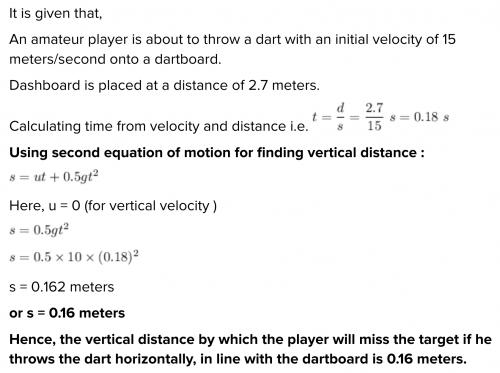
Independent variable: the best method to get rid of them.
Dependent variable: washing with soap and water.
Hypothesis: Organic oils
Control group: water
 1
1 The question specifies the diameter of the screw, therefore the IMA of this screw is 0.812? / 0.318 = 8.02
 1
1  1
1  1
1 
It will provide an instant answer!
